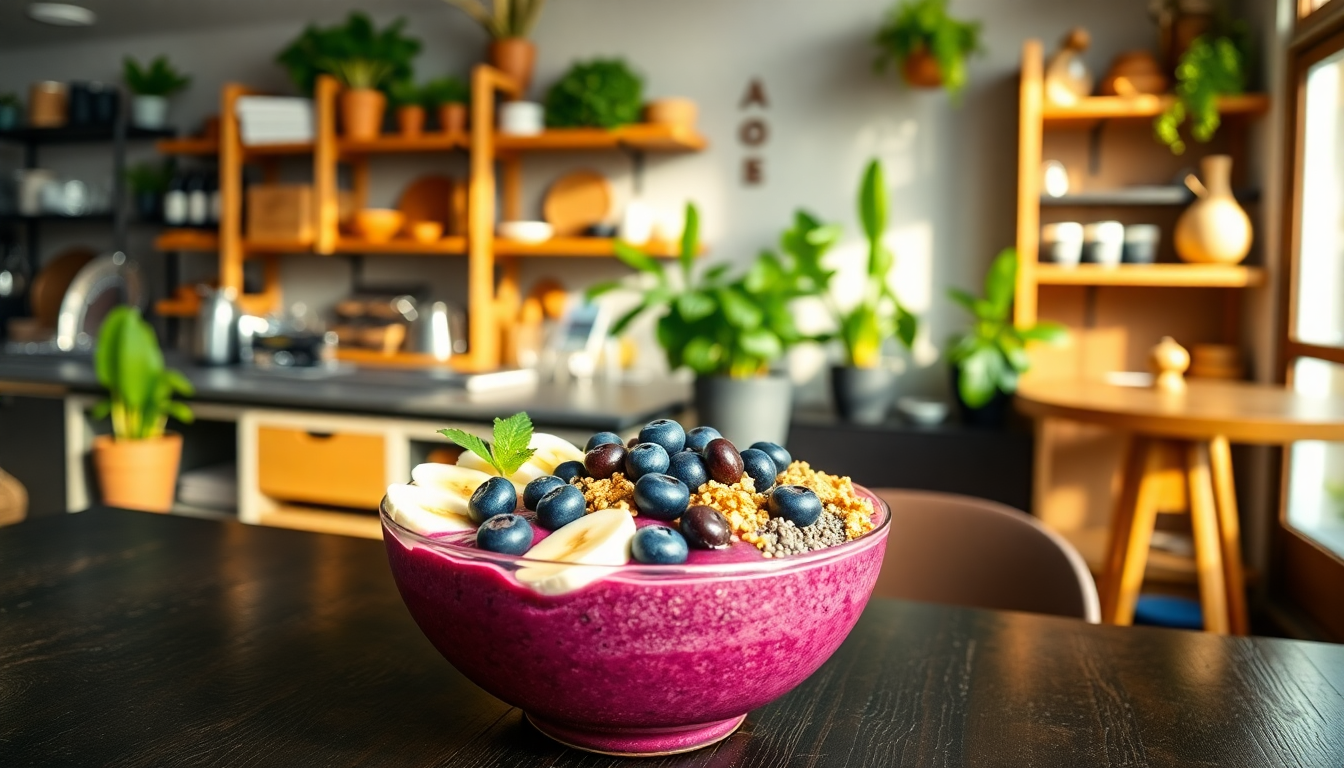Table of Contents
Once a local delicacy in Brazil, the açaí berry has become a beloved staple across the United States, gracing bowls and smoothies in countless eateries. But here’s the catch: a hefty 50% tariff on açaí imports from Brazil is set to kick in this Friday. How might this shake up your go-to açaí bowl experience? As consumers become more aware of these upcoming changes, understanding the broader implications of this tariff on both the market and your wallet is essential.
Market Overview and Import Dynamics
Did you know that nearly all açaí pulp consumed in the U.S. comes straight from Brazil? This makes Brazil a key player in the supply of this trendy superfood. With the tariff on the horizon, we could be looking at a major shift in trade dynamics. If a trade agreement doesn’t materialize soon, brace yourself for higher prices at your favorite açaí bowl spots, whether you’re in New York or Los Angeles.
This situation has retailers and consumers alike on edge. Take Ashley Ibarra, who manages a Playa Bowls location in Manhattan. She’s noticed that customers are already reacting to current prices. If costs rise even more, açaí bowls could be perceived as luxury items, which might impact overall sales. After all, when a bowl topped with fresh fruits and granola can set you back $18, it’s hard not to think twice!
Competition also plays a role. Oakberry, the largest açaí chain worldwide, offers smaller portions at a slightly lower price. As the tariff looms, how will other shops adapt their offerings in response to rising costs? Both companies find themselves at a critical juncture, needing to strategize effectively to navigate this challenging terrain.
Consumer Sentiment and Market Reactions
What do consumers really think about the price of açaí bowls and smoothies? Opinions are mixed. Milan Shek, a 50-year-old New Yorker, enjoys treating himself every now and then, but he admits that a significant price hike would likely make him think twice about his purchases. This sentiment may reflect a broader trend, where price sensitivity plays a crucial role in consumer behavior. As the açaí berry is marketed as a nutritional powerhouse—packed with antioxidants and Omega-3s—the prospect of higher prices could lead to reduced consumption, presenting a dilemma for both consumers and retailers.
Interestingly, Brazil’s production of açaí has skyrocketed in recent years, transforming from a local specialty to a hot export. According to data from Brazil’s statistics agency, production jumped from around 150,000 metric tons a decade ago to nearly 2 million tons last year. This surge highlights the berry’s growing popularity, not just in the U.S. but also across Europe and Asia.
However, as Nazareno Alves da Silva from the Amazon Açaí Producers Association points out, the impending tariffs could throw a wrench into the works for Brazilian producers. With costs on the rise, many might struggle to keep their prices competitive for U.S. importers, forcing them to seek alternative markets. This could disrupt established trade patterns and affect the overall availability of açaí products in the U.S.
Future Considerations and Market Trends
So, what does the future hold? The implications of the 50% tariff extend beyond just açaí. Brazil is a key supplier of other goods like coffee, orange juice, and beef, which could also see price increases due to similar tariff structures. As the U.S. navigates these changes in trade policy, the ripple effects could be felt across various sectors, ultimately shaping consumer habits and preferences.
In conclusion, as the açaí tariff approaches, everyone from producers to consumers needs to brace for a shifting landscape. Grasping the economics behind these changes, including potential price adjustments and market accessibility, will be crucial in navigating this evolving scenario. For those who cherish their açaí bowls, the upcoming weeks could bring significant challenges, prompting a reevaluation of consumption patterns. Are you ready to adapt?


